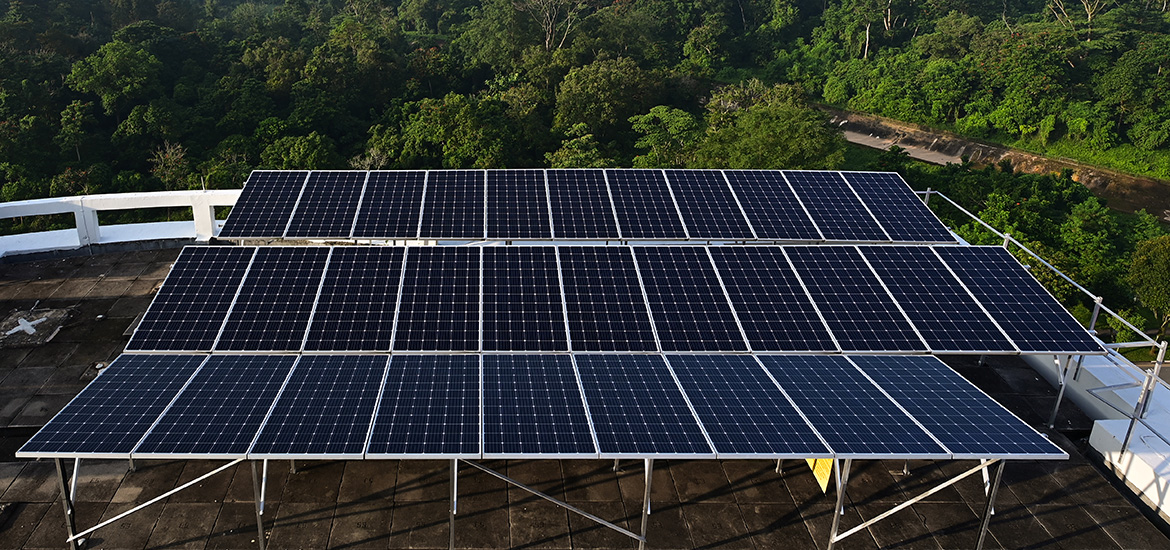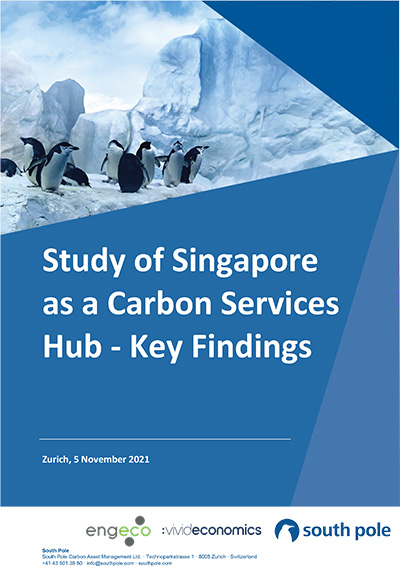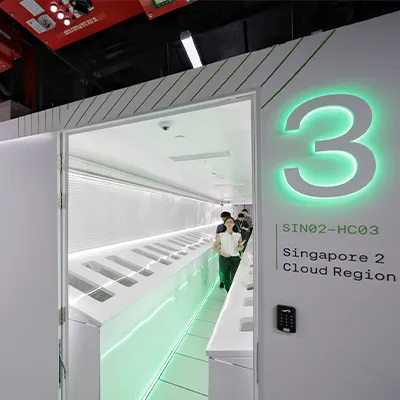Image courtesy of SPH Media.
Companies looking to set up data centres in Singapore will have to meet new criteria, including ensuring use of sustainable energy and more efficient cooling methods, as the country steps up plans to reduce carbon emission.
The new criteria, drawn up by the Infocomm Media Development Authority (IMDA) and the Economic Development Board (EDB) after six months of consultation with data centre operators, will be effective from Wednesday (July 20) under a pilot.
Applicants that do not fulfil these criteria might be rejected under the pilot.
This comes as Singapore strives to grow its data centre capacity in a consistent manner with the country's climate change commitments.
More data centres are needed to meet rising demand for digital applications.
Data centres are used by organisations to store, process and transmit large amounts of data and are used every day, such as for cyber security, cloud computing and e-commerce.
This increased dependence on data centres has had negative effects on the environment. Traditional data centres are carbon, energy and water-intensive, and greener methods of operation are needed.
"Data centres are important enablers of the digital economy," said IMDA and EDB in a joint statement. "However, data centres are also intensive users of resources like land, water and energy, contributing to our carbon footprint."
To better manage the growth of data centres, Singapore issued a data centre moratorium in 2019 - pausing new developments and the release of more land for data centre use - to review its strategy.
The review was completed in January this year.
The new criteria include having a power usage effectiveness (PUE) of at least 1.3.
PUE is a metric used to determine the energy efficiency of a data centre. It is calculated by dividing the total amount of power entering a data centre by the power used to run the equipment within it. The closer the PUE is to 1, the more efficient the data centre is.
The Straits Times understands that recently built data centres would already have a PUE of about 1.35, and newer ones have gone below a PUE of 1.3.
Data centre operators are also expected to harness renewable energy sources or map out plans to invest in innovative technologies to offset carbon emissions.
Renewable energy sources include hydrogen, which does not produce green house gases when combusted, unlike fossil fuel.
Data centre operators can also propose newer cooling methods, such as immersive cooling, which uses far less energy.
Immersive cooling involves submerging hardware in special dielectric liquid that conducts heat but not electricity. It is a lot more efficient than air cooling because liquid is a more efficient conductor of heat than air, which is often used in traditional data centres.
Applicants are also expected to propose ways to strengthen Singapore's position as a data centre hub for the region, and how new data centres could contribute to the broader economy, including research and development plans.








